PIR sensors: HC-SR501
Some specifications and tests around the most popular PIR sensor on AliExpress (with low power consumption in mind).
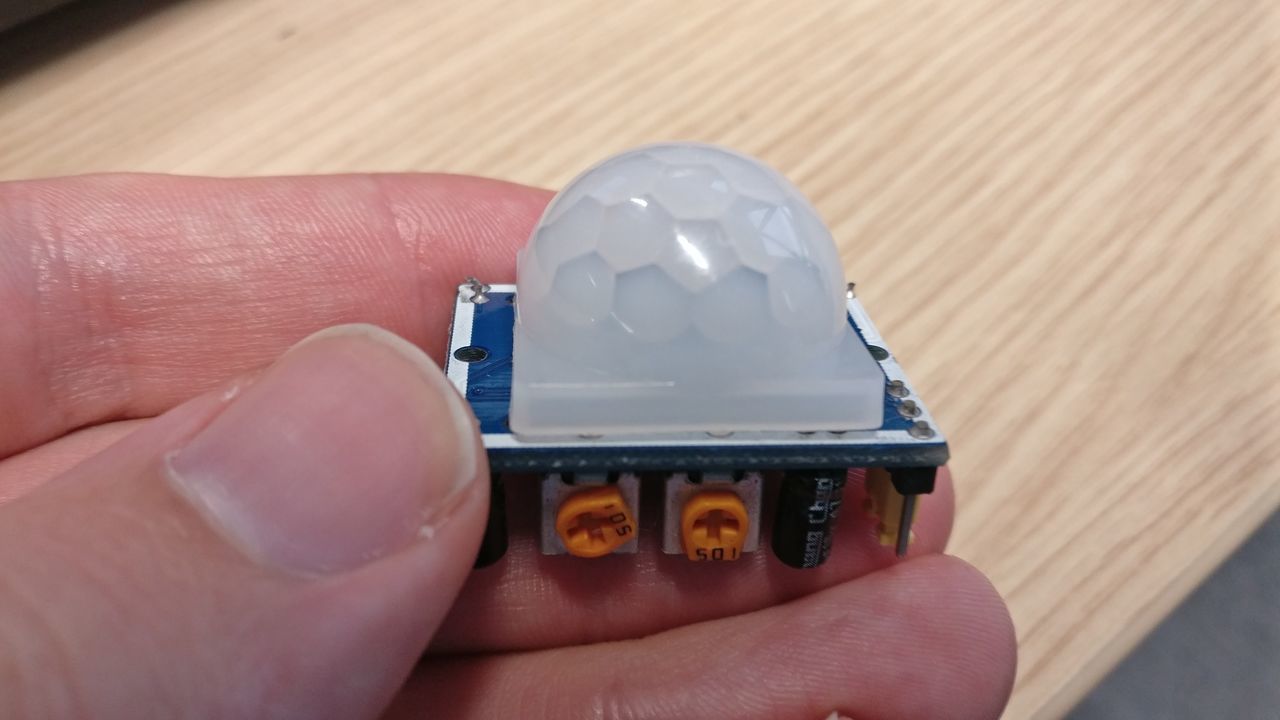
The HC-SR501 is a low cost PIR sensor, available on Aliexpress.
Let's look at the beast.
This sensor is made for hobbyists, and is quite easy to use.
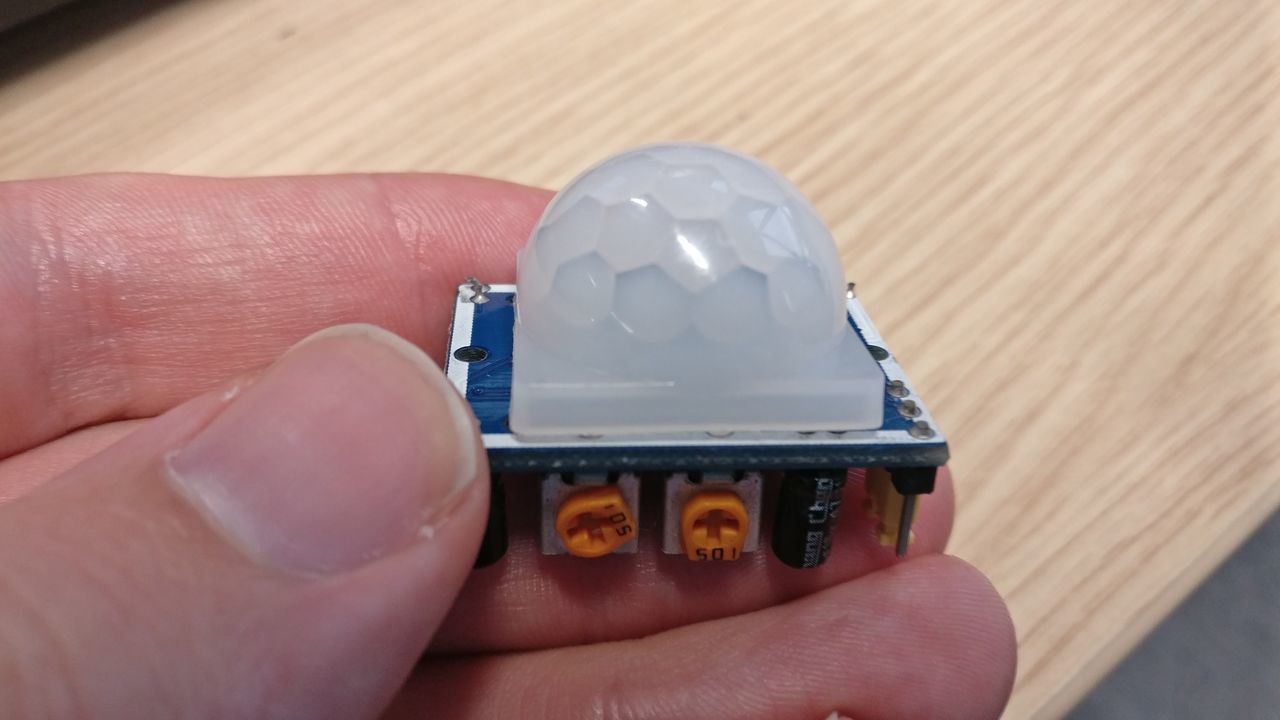
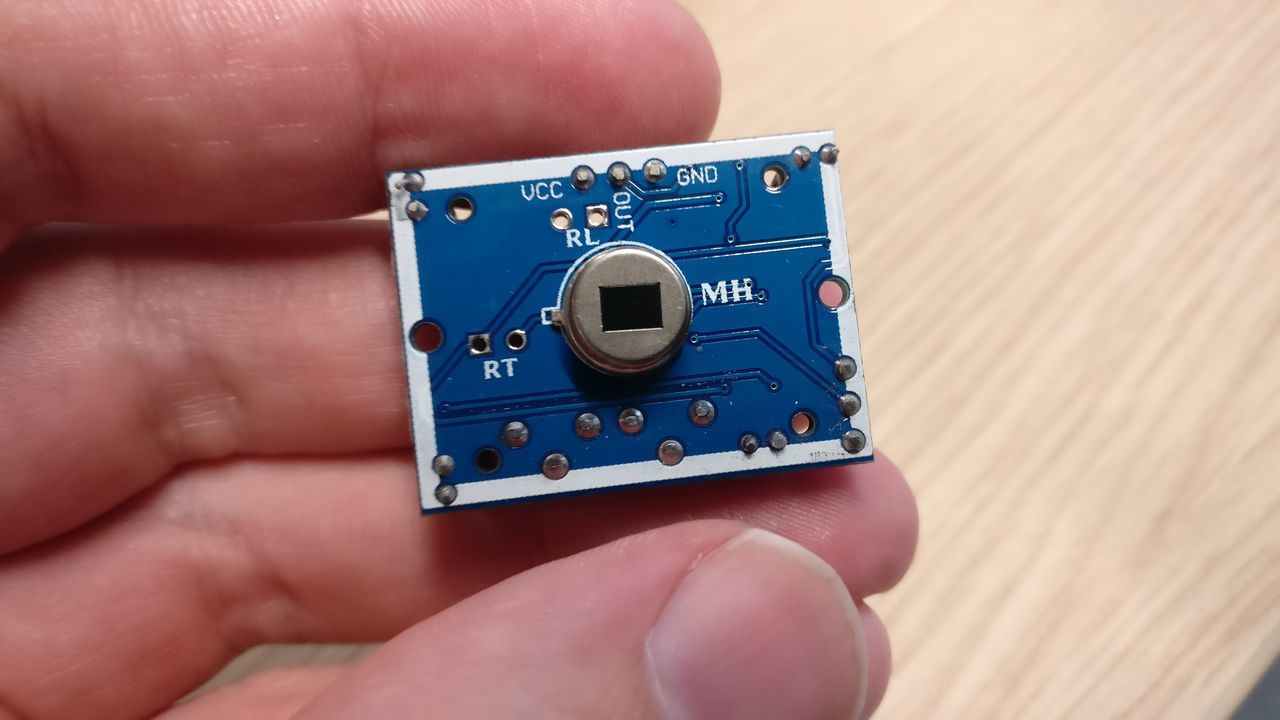
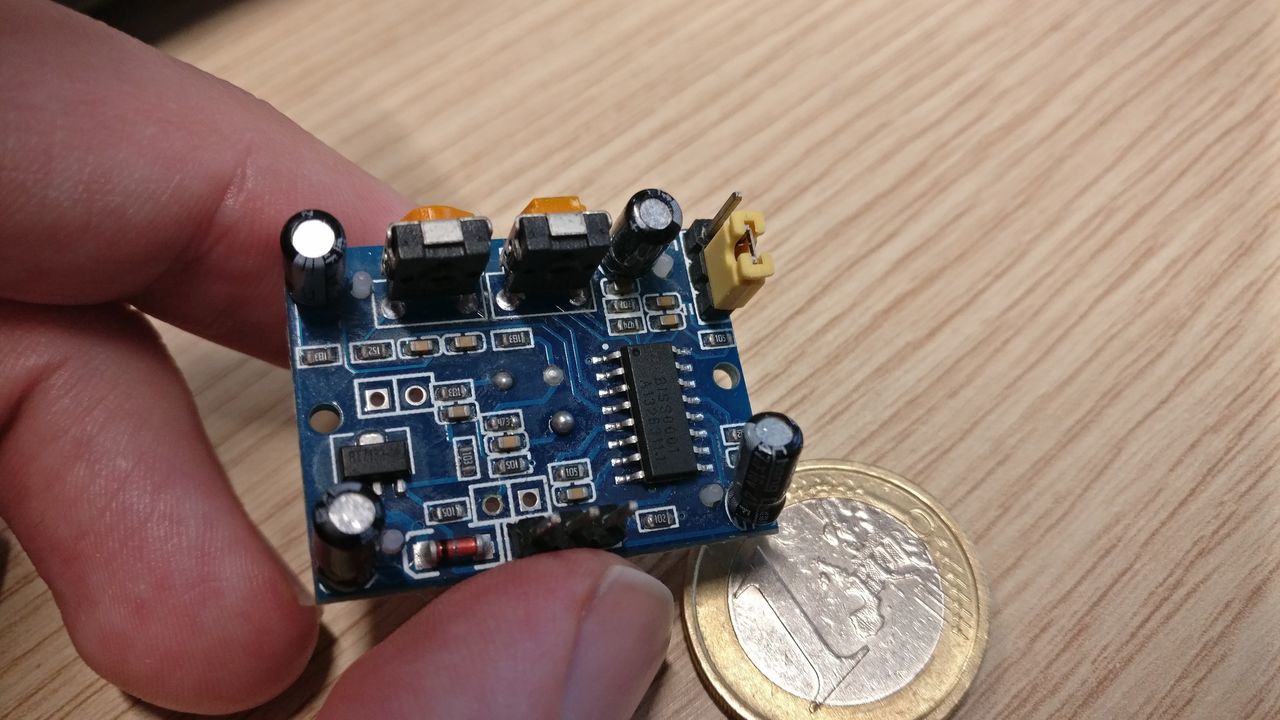
Specifications
The datasheet can be found here.
Sadly, this sensor is made for hobbyists, and consume around 50µA out of the box in standby mode (more than 200µA in active mode).
Even if I will not be able to reduce the power consumption drastically, I want to find some ways to improve it.
Low power
Use directly 3.3V
Even if the LDO embedded on the board is quite good (it's a HT7133, with 2.5µA typical quiescent current), you can bypass it and use an MCU directly at 3.3V.
If you look at the board, you can see a diode just after the input pin, then the regulator. This diode creates a voltage drop of 0.7V, so you also have to bypass it.
You can do that by connecting the VIN pin of the module to the VOUT of the regulator.
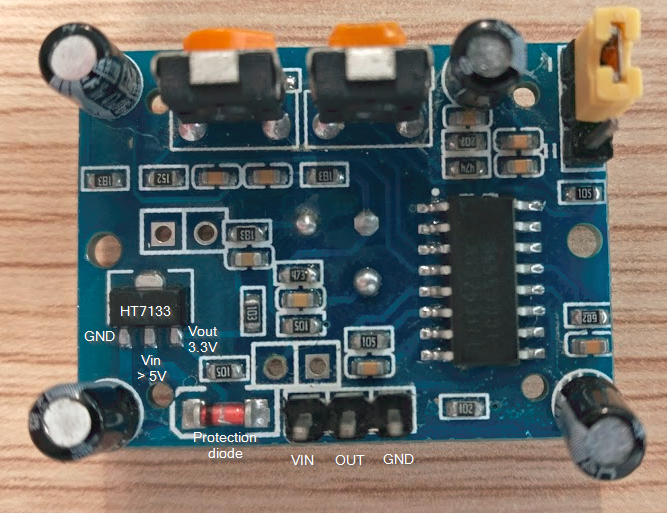
This trick will not decrease a lot the power consumption of the PIR sensor, but it will be possible to use it directly with some 3V batteries (like a CR3032).
Add a LDR
The circuit uses a BISS0001 chip to manage the PIR sensor.
You can find the schematics in the datasheet of the module.
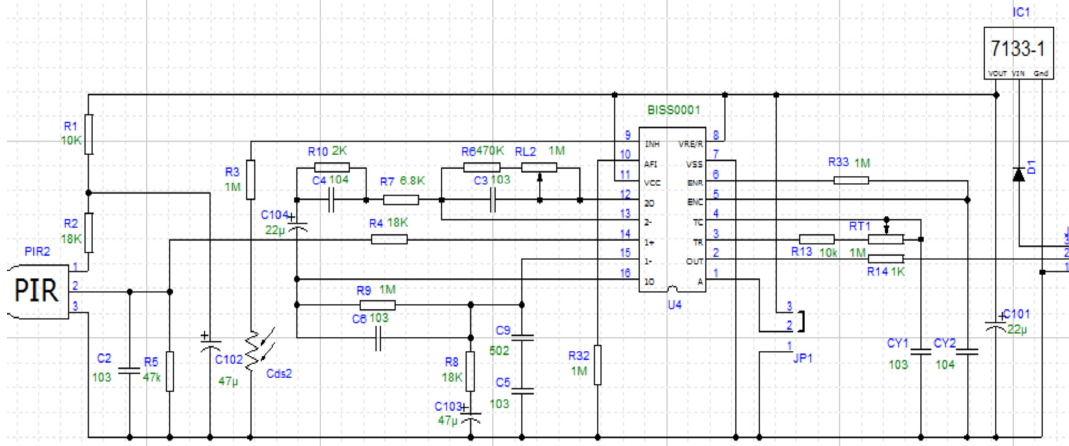
We can see that the LDR pads connects to pin 9 of the BISS0001.
According to the datsheet that pin is "trigger disable input (VC)"
- When VC > 0.2 * Vcc (= 0.66V), the controller is enabled
- When VC < 0.2 * Vcc (= 0.66V), the controller is disabled
The LDR pins is connected to ground and is in series with an resistor of 1MΩ connected to the 3.3V supply.
The LDR and the resistor form a voltage divider :
- if the LDR has a resistance of higher than 250K, the controller will turn on
- if the LDR has a resistance lower than 250K, the controller will turn off
With the appropriate LDR and resistor, it's possible to adjust the switching point.
Sadly, I want to use a PIR to detect people when the lights are on, and the LDR can only disable the PIR when the lights are on. It's the opposite of what I'm looking for, but it can be useful to detect movement in a dark room (to switch on a light for example).
Conclusion
After some digging, and even if we can improve this module to work at 3V, I don't think this PIR is good enough for a battery powered device which should last months without changing the batteries.
e.g. a CR3032 has almost a capacity equal to 500mAh, which with a sleeping ATMega (5µA) and a small radio (burst of mA) should last less than 6 months.